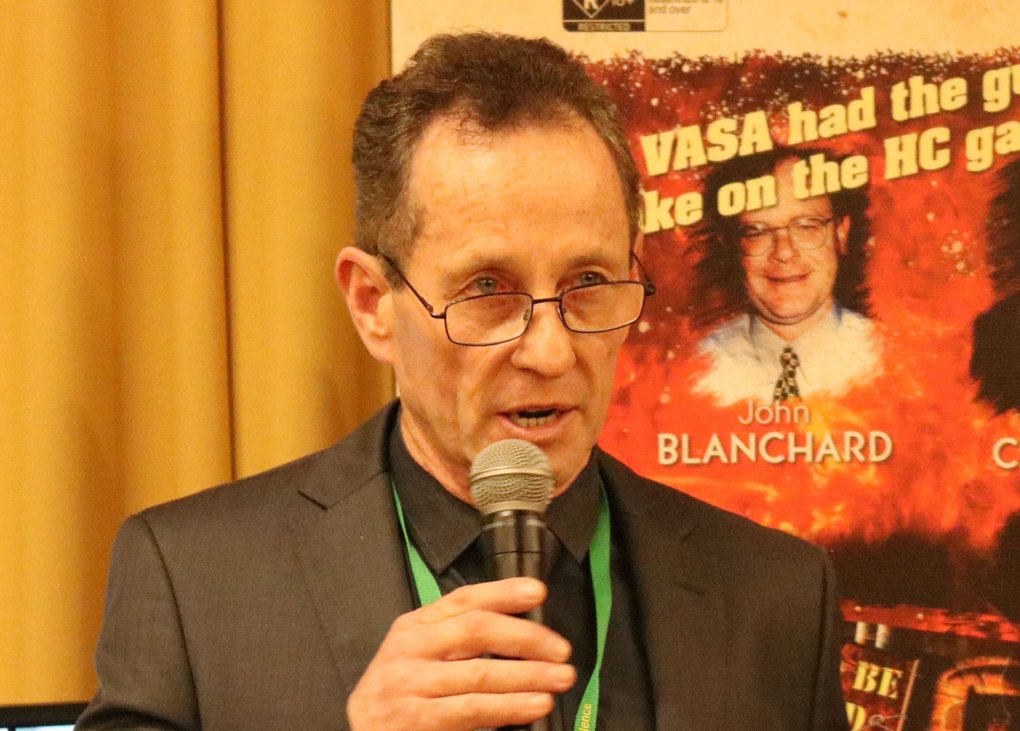Ground-breaking Australian research has led to a free guide to help automotive technicians work safely with flammable refrigerants.
Refrigerant Reclaim Australia (RRA), automotive thermal and electrical trade association VASA and GHD Engineering worked together to study the management of health and safety risks associated with the use of flammable gases, including refrigerants, in an automotive workshop environment.
This has become an issue not only because of the emergence of A2L (mild flammability) refrigerants, but also because automotive systems are often incorrectly “topped up” with A3 (high flammability) refrigerants. Annual testing carried out by RRA has found that around 5 per cent of cars in Australia are contaminated with hydrocarbon.
VASA President Ian Stangroome believes all automotive technicians will encounter a vehicle charged with flammable refrigerant at some point in their career. And he says that, until now, there has been no properly researched advice on the safest way to work with vehicles using flammable refrigerants.
The guide covers legal matters related to refrigerant classifications, dangerous goods, work health and safety, hazardous areas and working with flammable refrigerants, including what to do if a system contains a flammable A3 or A2L refrigerant.
The guide also contains information on handling mixtures of non-flammable and flammable refrigerants, as well as a workshop safety checklist and risk assessment worksheet.
During the early research stage of the project, GHD Engineering realised it would have to conduct a series of world-first studies to establish the number of vehicles containing flammable refrigerant that can occupy a workshop and safe exclusion zones for venting and vacuum pumping of A3 and A2L refrigerants, or in a hose leak scenario.
Queensland-based VASA member workshops Gympie Auto Air, Mr Cool and SuperCool Southport took part in the research.
“We are very proud to be publishing this rigorously researched safety guide for the benefit of all automotive technicians in Australia,” Stangroome says.
The guide is available to download here.



Leave a Reply